It’s everywhere. In the ocean (where we dump it), in the air, in our food—and yes, even in our blood. Plastic is slowly killing our planet. The harmful effects of plastic on the environment and human health have become one of the most pressing issues of our time. But just when things looked hopeless (as people’s civic sense is far from improving), nature may have handed us an unexpected hero: Plastic eating bacteria!
Let’s see how these tiny creatures are transforming into superheroes and saving our Mother Nature from the planet’s biggest villains—plastic pollution.
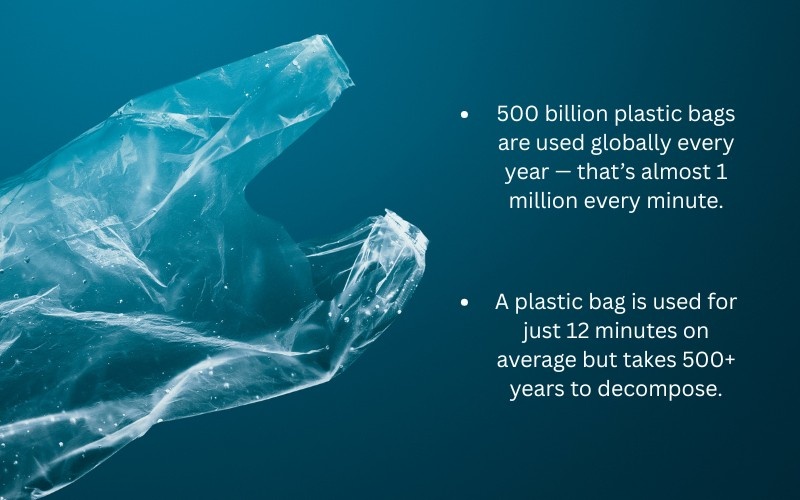
Meet the Plastic Eating Bacteria – How Bugs Can Eat Plastic
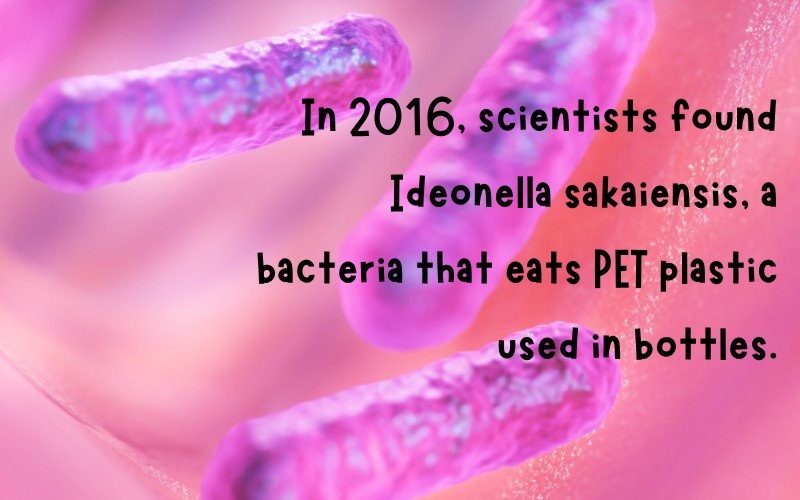
Plastic eating bugs break down (eat) plastic, and the waste (byproduct) they leave behind is either easily degradable or can be repurposed by industries.
The Science Simplified: How Bacteria Eating Plastic Works
In 2016, the plastic eating bacteria, Ideonella sakaiensis, were found. It degrades polyethylene terephthalate (PET), which is commonly found in plastic bottles.
And the byproduct left is adipic acid, which is useful in the pharmaceutical, food industries, etc. This way, the plastic waste is converted into simpler material that is readily degradable in nature or can be repurposed.
Not just Ideonella sakaiensis, but many other plastic eating bacteria are also found.
Innovations Powered by Plastic Eating Bacteria
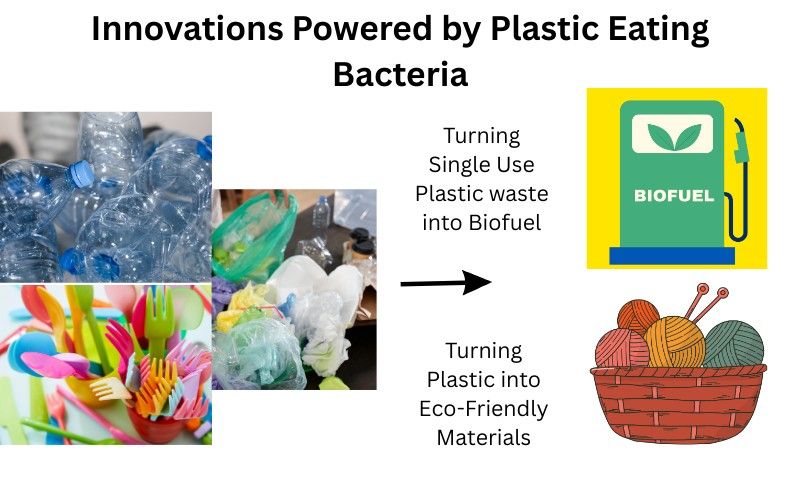
Turning Plastic into Eco-Friendly Materials
These plastic eating bugs can help close the loop. As old bottles can be broken down to make new bottles without the loss of quality.
Turning Plastic Into Useful Products (Fuel)
Other than this, scientists are now discovering if we can use these tiny bacteria to convert plastic waste into biofuels. This is a win for both waste reduction and circular economy thinking.
Breaking Down Plastic Waste In a Controlled Setup
We can use closed & controlled containers to dispose of the plastic waste and add our plastic eating bugs. This way, in a closed facility, the plastic can effectively break down, and the output can be collected for reuse.
This makes scaling up easier. Because we can’t just toss the bacteria out in the landfill just like that. It needs a particular temperature, and other than that, it can cause other ecological problems.
Future Possibilities — From Packaging to Fashion By Using Plastic Eating Bacteria
Imagine a world where all this is not just theory but actually performed by industries. The use & throw bottles are broken down by plastic eating bacteria and remade into a new bottle with the same quality.
The old polyester clothes can be broken down into their basic core molecules and turned into a fresh yarn for new clothes.
The dirty plastic waste, which can’t be recycled like dirty food packages, diapers, sanitary pads, etc, can be converted into materials that are biodegradable, but yes, they need proper handling.
Carbios and other startup companies are working on these ideas. If biotechnology continues to improve, we could see packaging, textiles, and many single-use streams become part of a real circular economy.
Diapers & Sanitary Waste: The Toughest Plastic Challenge
Plastic pollution caused by items like diapers and sanitary pads is among the toughest waste to deal with. They combine plastic layers with absorbing gels and organic matter (poop and blood).
In the sanitary waste guidelines, they have mentioned that every month, 432 million pads are disposed of. And only 12% of the 335 million menstruating women have access to sanitary pads.
These items are considered dirty plastic, and traditional recycling methods are not very successful in processing them. However, these plastic eating bacteria can very effectively degrade them and make this waste biodegradable. Although, proper sanitation and safety measures need to be addressed before large-scale use.
10 Points on Harmful Effects of Plastic on Environment
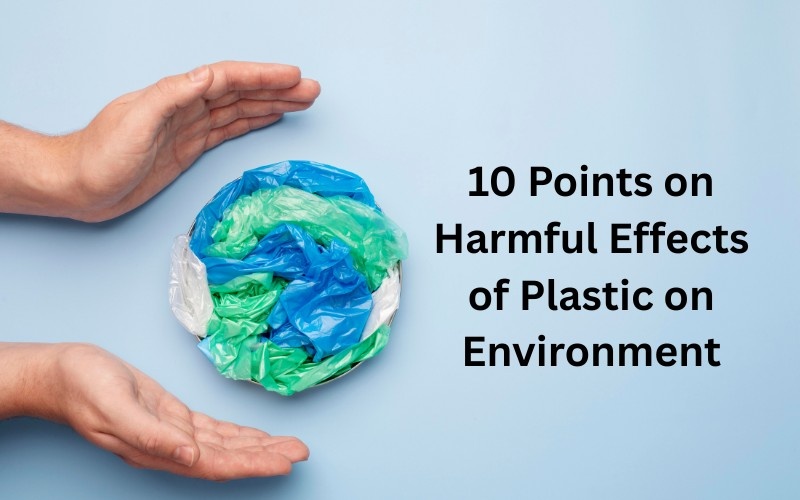
We’ve created a great material called plastic. It doesn’t die, it doesn’t disappear—it just keeps choking the planet. A thing which was invented for the welfare of the people has now become a monster.
Mostly, single-use plastics are more harmful as they can’t be recycled. Here are 10 points on harmful effects of plastic on environment that show just how damaging it can be:
Soil Contamination
Plastic dumped in the landfills leaks harmful chemicals into the soil, making it less productive.
Water Contamination
At the same time, the chemicals leach through water, carrying pollution far beyond the landfill site, affecting rivers, lakes, and groundwater. This not only affects aquatic life but also pollutes the water we rely on for drinking & farming.
Harm to Wildlife
Animals often consume plastic items like thin plastic bags and bottle caps, leading to choking and even death. This was impressively captured in Hindustan Unilever’s advertisement “Goriya plastic kha gayi”, which showed how innocent animals are mistaking plastic for food.
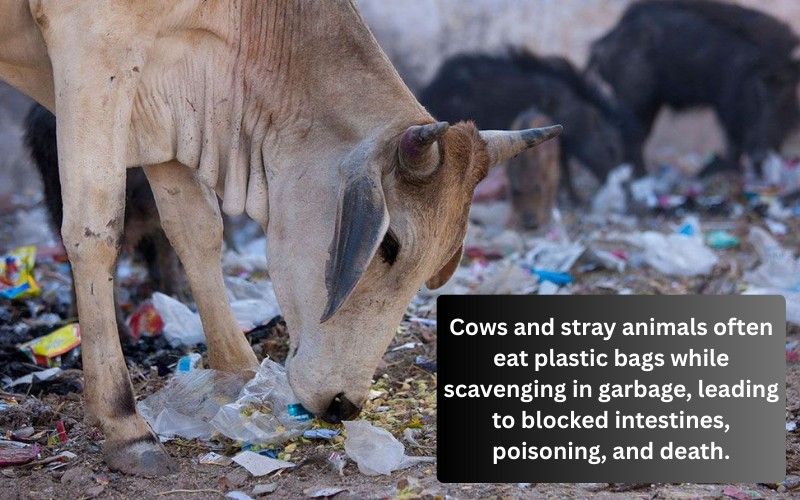
Threat to Marine Ecosystems
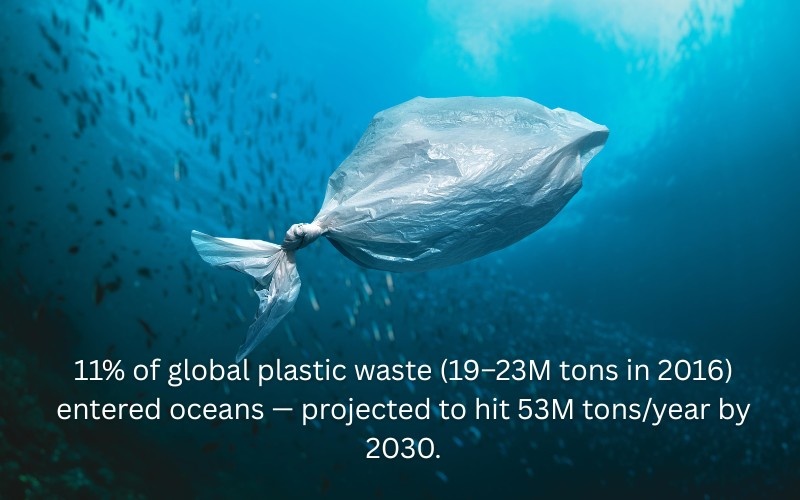
Plastic discarded on land is carried to the oceans by the rivers and winds. One study estimated that 19 to 23 million metric tons, or 11%, of the plastic waste generated globally in 2016 has entered aquatic ecosystems. And plastic pollution in the ocean is predicted to reach 53 million metric tons per year by 2030.
Entering aquatic ecosystems means microplastics sink deep into the ocean floor and disturb the aquatic food chain. From fish (small fishes, whales, & dolphins) to seabirds and turtles, plastic pollution is affecting habitats and threatening survival.
Air Pollution from Burning Plastics
We can’t even burn it, as plastic incineration releases toxic fumes containing carbon monoxide, dioxins, black carbon, etc. The open burning of plastic waste leads to increased risk of many serious diseases, like,
- Heart problems,
- Respiratory Issues,
- Neurological Issues,
- Nausea,
- Skin Rashes,
- Numbness & Tingling in the Fingers,
- Headaches,
- Memory Loss,
- Confusion.
Again, the ash contaminates the soil, groundwater, and enters our food chain.
Flooding and Waterborne Diseases
One of the biggest problems caused by plastic waste is the clogging of drainage systems. When drains get blocked by plastic waste, water stagnates, creating breeding grounds for mosquito larvae and increasing the risk of waterborne diseases. In cities, this blockage often leads to flooding.
Contribution to Climate Change
The production, disposal, and burning of plastic create significant greenhouse gas emissions, adding more heat to our already warming planet.
Ecosystem Disruption
Accumulated plastic waste harms plant and animal life, disrupting the ecological balance.
Noise & Light pollution in Ocean Environments
Floating plastic waste in the ocean reflects light and creates noise disturbances in water. This confuses the animals in the sea that depend on natural signs for navigation.
Fire Hazards
Plastic is highly flammable and spreads flames, especially when mixed with methane gas developed during the decomposition of wet waste.
Final Thoughts
From seabed to mountain peaks, from fish bellies to our bloodstream, plastic has quietly exploited every corner of our planet. The harmful effects of plastic on the environment and human health are no longer just a warning; they’re today’s reality.
But, again, the solution is given by nature, plastic eating bacteria! Scientists have discovered these bugs that can turn stubborn plastic waste into eco-friendly, biodegradable, harmless, and even useful materials.
Plastic eating bugs are a bright hope, but it’s not magic. Until we come up with a proper scaling-up process to employ them in reducing plastic pollution, we need to make some smart changes. Using less plastic (mostly single use plastic), recycling better, and demanding sustainable alternatives—these choices will decide whether plastic will deal with us or we will deal with plastic!
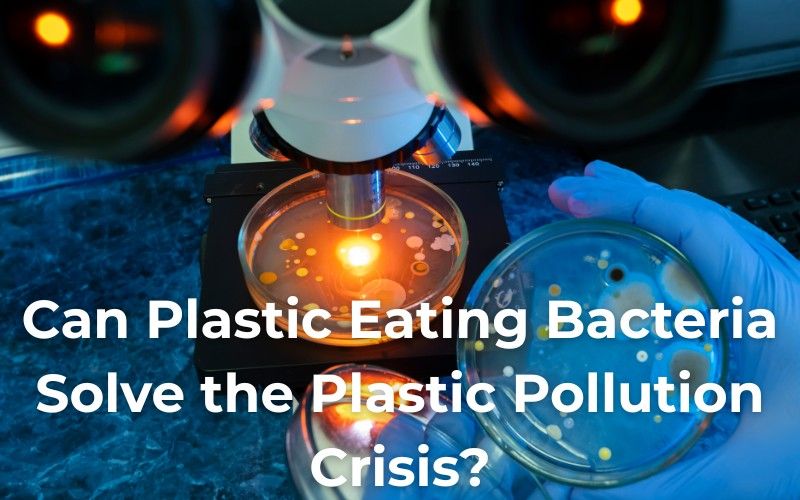
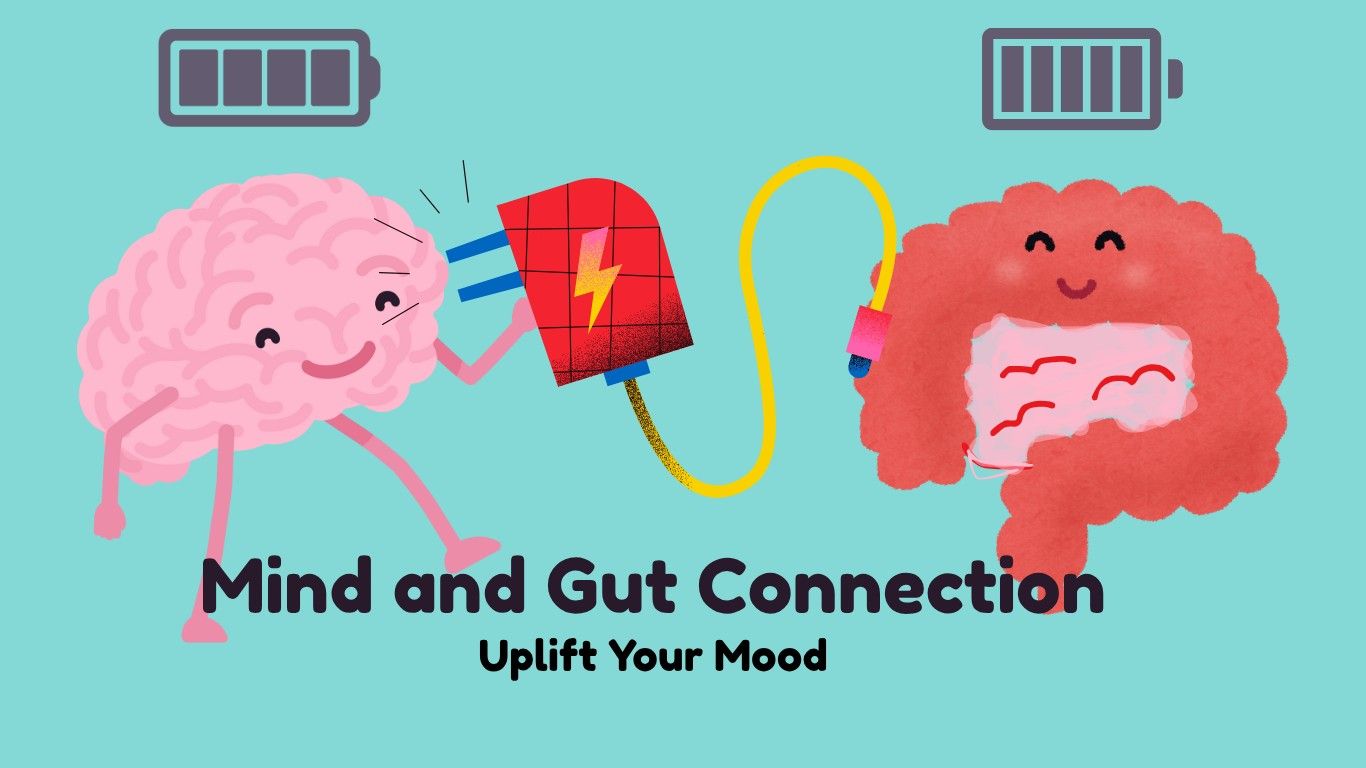
Post Comment